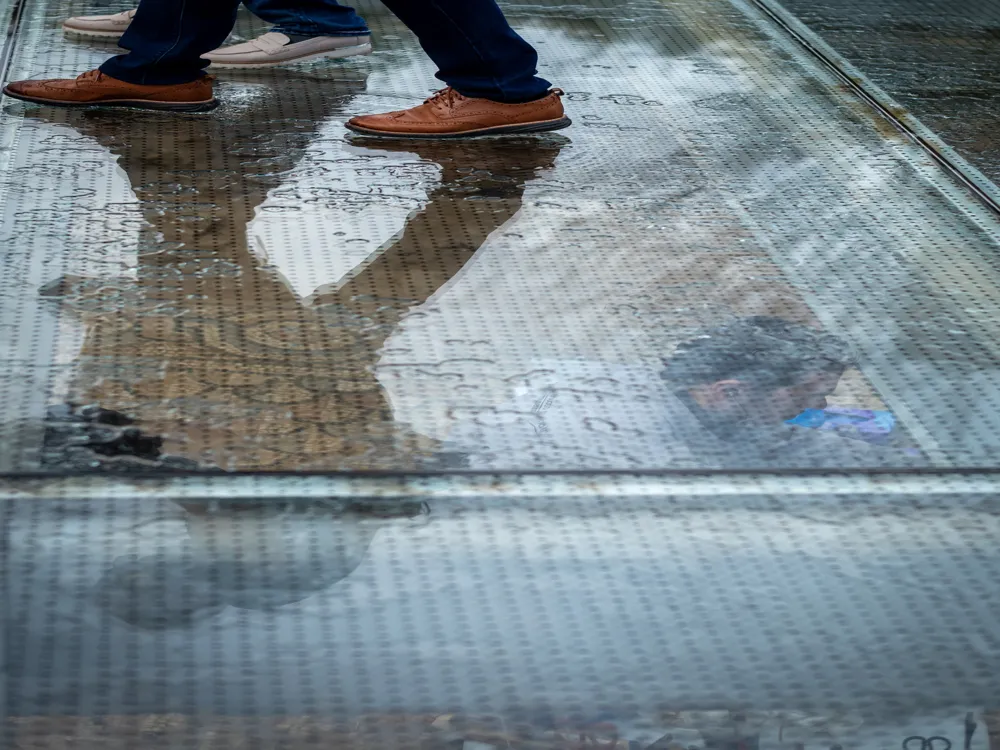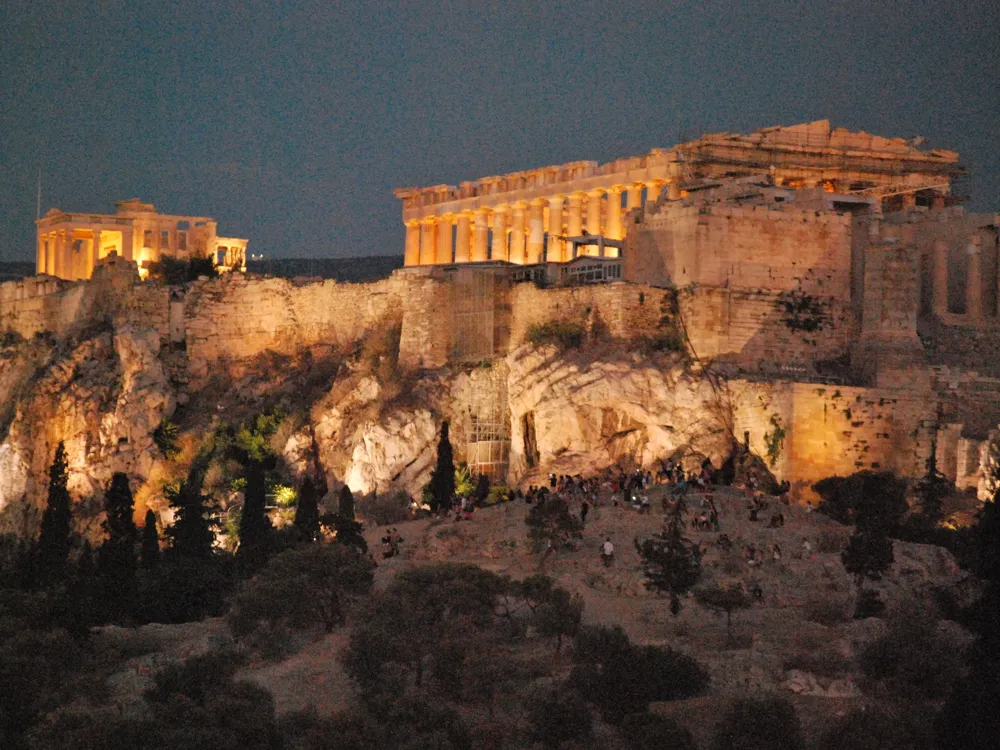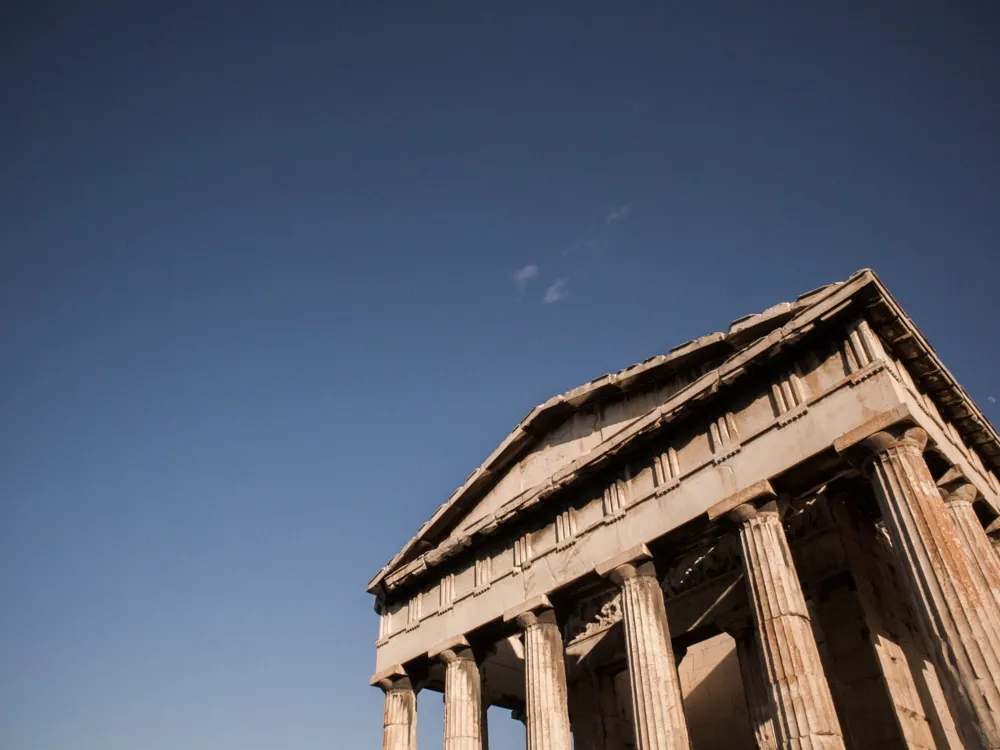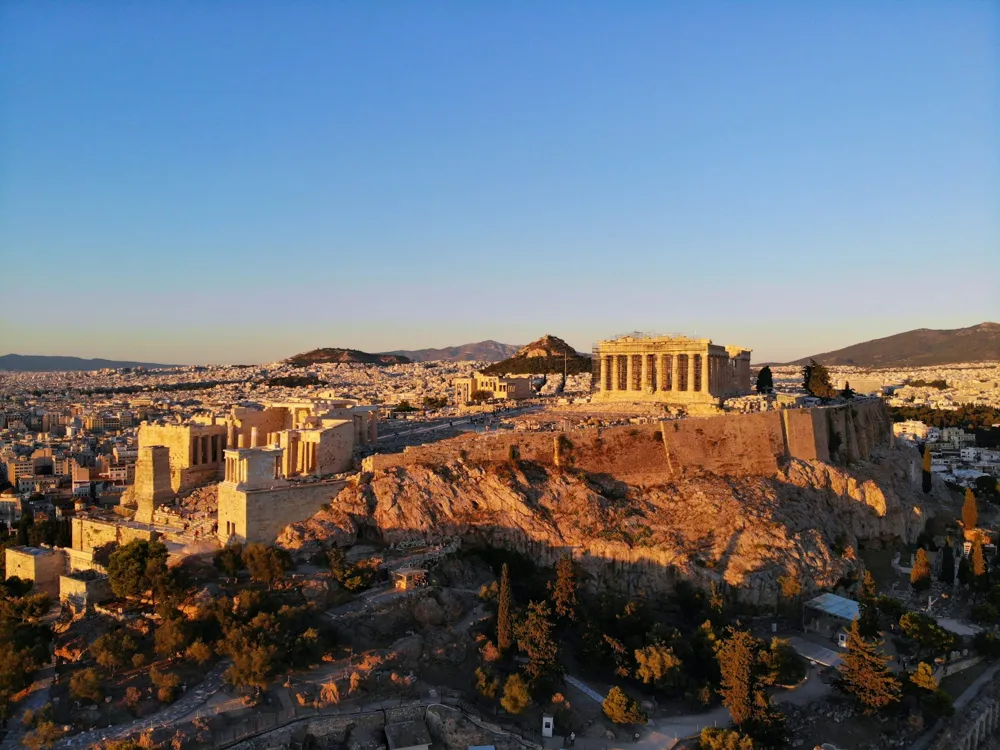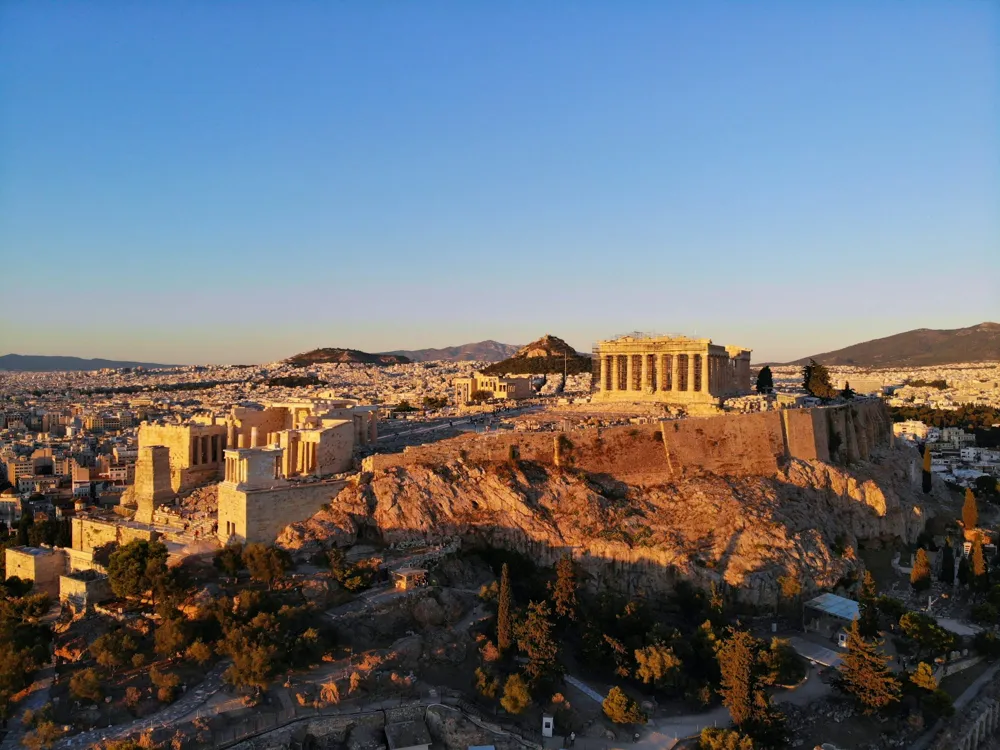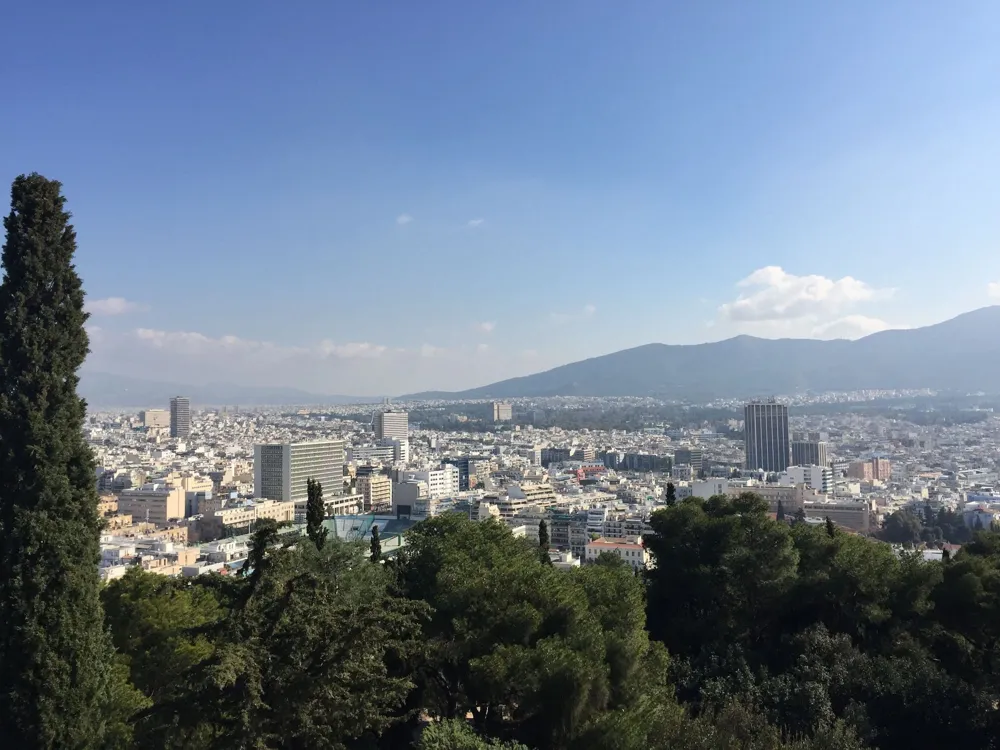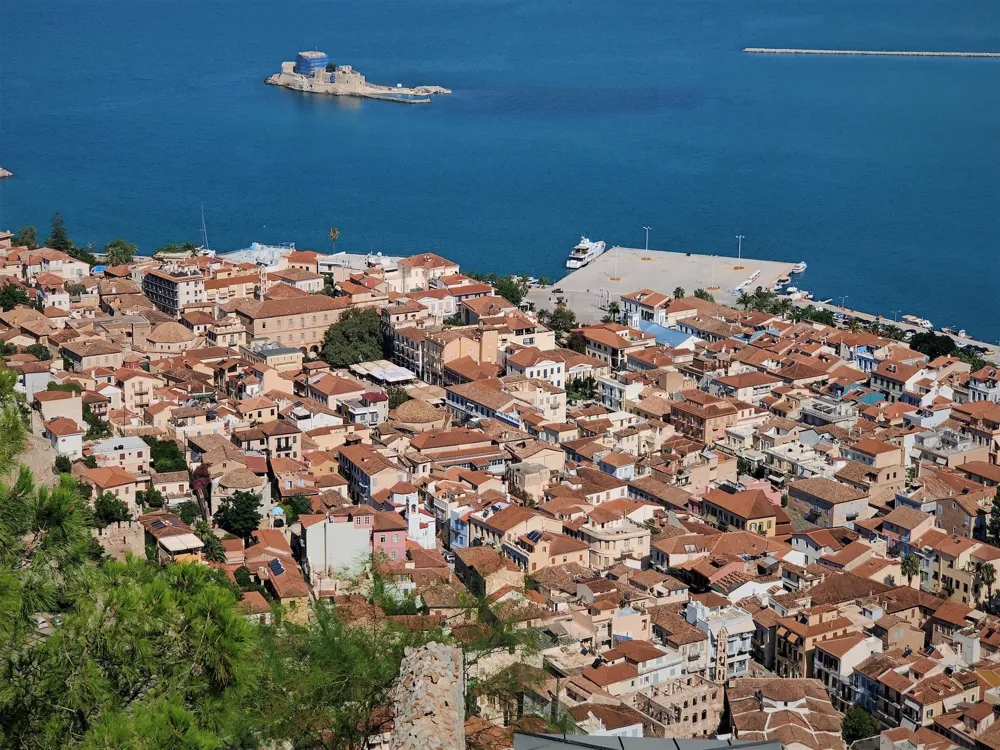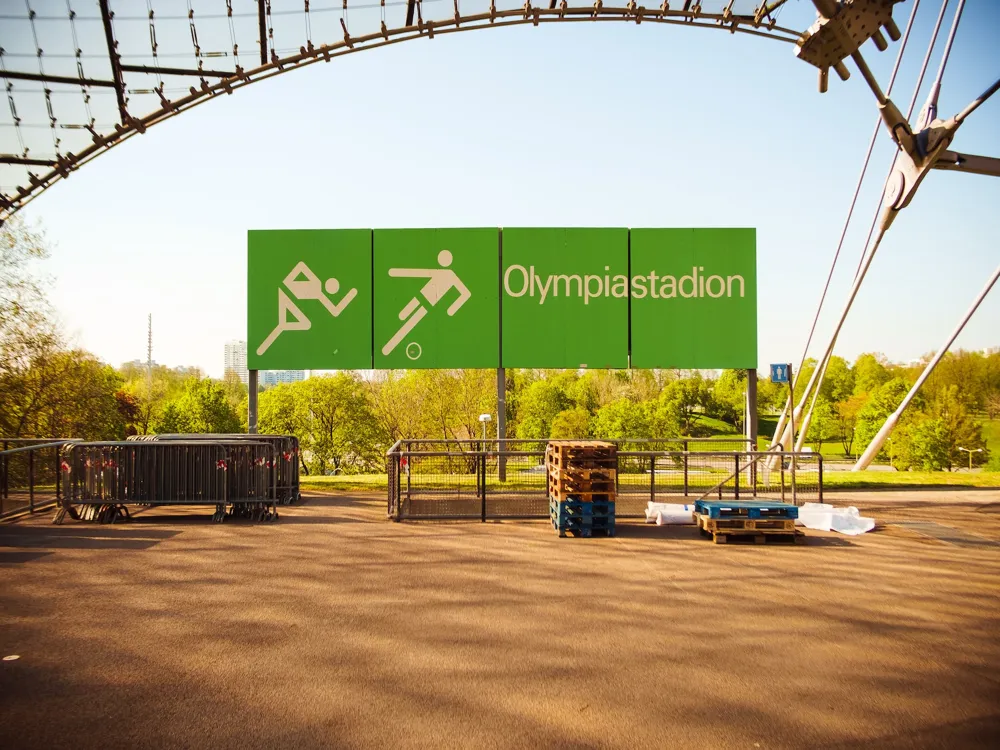The Arch of Hadrian, an iconic ancient monument in Athens, Greece, stands as a testament to the rich history and artistic heritage of the megacity. Erected in the 2nd century announcement, the bow was constructed to recognise the Roman Emperor Hadrian, a great donor to the megacity of Athens. This magnificent structure, located near the notorious Acropolis, serves as an emblematic gateway between the old megacity of Athens and the new Roman megacity. Its intricate design and literal significance make it a must-visit corner for history suckers and excursionists alike. The Arch of Hadrian isn't just an architectural masterpiece but also a symbol of the deep literal and artistic connections between Athens and Rome. It was erected to commemorate Hadrian's visit to Athens and to celebrate his benefactions to the megacity, including the construction of several significant structures. The bow marks the boundary between the ancient megacity of Athens and the Roman megacity, reflecting the mix of Greek and Roman societies. One of the most interesting aspects of the Arch of Hadrian is its eulogies. On one side, the necrology reads, This is Athens, the ancient megacity of Theseus,' while the other side states, This is the megacity of Hadrian and not of Theseus.' These eulogies punctuate the duality of the bow, serving as a bridge between the old and new ages of Athens. The Arch of Hadrian features a unique mix of Corinthian and Ionic architectural styles. It stands at roughly 18 inches high and is made of Pentelic marble, known for its fine grain and golden tinge. The archway is adjoined by two massive columns on each side, and the design complications are a testament to the architectural prowess of the period. The Arch of Hadrian is an architectural phenomenon that showcases the emulsion of Greek and Roman design rudiments. Its construction during the Roman period in Athens exemplifies the influence of Roman architecture while retaining the classic Greek style. The bow's design, accoutrements, and construction methods offer a glimpse into the architectural advancements of the period. The design of the Arch of Hadrian is notable for its elegant simplicity and harmonious proportions. It features a single archway framed by two towering columns on each side. The use of Corinthian centrals atop these columns is a distinct Roman influence, while the overall form and harmony of the structure reflect the Greek architectural tradition. The construction of the bow was a feat of engineering. Made from Pentelic marble, the same material used for the Parthenon, the bow exhibits exceptional artifice. The precise slice and fitting of the marble blocks without the use of mortar demonstrate the advanced methods employed by the builders of the time. The Arch of Hadrian has taught ultramodern armature, particularly in the neoclassical movement. Its mix of Greek and Roman styles has inspired numerous structures around the world, making it a dateless piece of architectural heritage. The most stylish time to visit the Arch of Hadrian is during the spring or fall, when the rainfall in Athens is mild and the sightseer crowds are lower. Early morning or late autumn visits can provide a more tranquil experience and beautiful lighting for photography. Consider joining a guided tour to gain in-depth perceptivity into the history and armature of the bow. Original attendants can tell fascinating stories and details that aren't generally known. Combine your visit to the Arch of Hadrian with other nearby attractions such as the Acropolis, the Temple of Olympian Zeus, and the Plaka neighbourhood to make the most of your time in Athens. The Arch of Hadrian is conveniently located in the megacity centre of Athens and is easily accessible by colourful modes of transportation. Callers can reach the bow by metro, machine, hack, or indeed on bottom, depending on their position in the megacity. The nearest metro station to the Arch of Hadrian is Acropolis Station on Line 2( Red Line). From the station, it's just a short walk to the bow. Several machine lines stop near the Arch of Hadrian. Callers can check the rearmost machine routes and schedules to find the most accessible option. For those staying in central Athens, walking to the Arch of Hadrian is a great option. It allows callers to witness the vibrant thoroughfares of Athens and discover other literal spots along the way. Read More:Overview of the Arch of Hadrian in Athens
The Historical Significance of the Arch
The Inscriptions on the Arch
Architectural Features
Architecture of the Arch of Hadrian
Design and Style
Construction Techniques
Influence on Modern Architecture
Tips for Visiting the Arch of Hadrian
Best Time to Visit
Guided Tours
Nearby Attractions
How To Reach the Arch of Hadrian
By Metro
By Bus
By Foot
Arch of Hadrian
Athens
₹ 25,800 onwards
View athens Packages
Weather :
Tags : Historical Site
Timings : N/A
Entry Fee : N/A
Planning a Trip? Ask Your Question
Athens Travel Packages
View All Packages For Athens
Top Hotel Collections for Athens

Private Pool

Luxury Hotels

5-Star Hotels

Pet Friendly
Top Hotels Near Athens
Other Top Ranking Places In Athens
View All Places To Visit In athens
Faq on Athens
What is the Arch of Hadrian in Athens?
The Arch of Hadrian is a monumental gateway located in Athens, Greece. It was constructed in the 2nd century AD to honor the Roman Emperor Hadrian and mark the boundary between the old and new parts of the city.
Where is the Arch of Hadrian situated in Athens?
The Arch of Hadrian is located in the historic district of Athens, near the Temple of Olympian Zeus and the Acropolis. It stands at the intersection of Leoforos Vasilissis Amalias and Leoforos Andrea Siggrou.
Who built the Arch of Hadrian in Athens?
The Arch of Hadrian was built by the Athenians in honor of the Roman Emperor Hadrian. It is believed to have been constructed around 132 AD, during Hadrian's visit to Athens.
What is the architectural style of the Arch of Hadrian?
The Arch of Hadrian exhibits a mix of Roman and Greek architectural styles. It features Corinthian columns and reliefs depicting various mythological scenes and historical events.
Can visitors go inside the Arch of Hadrian?
No, visitors cannot enter the Arch of Hadrian as it is not open to the public for interior exploration. However, they can admire its impressive structure and decorative details from the outside.
View athens Packages
Weather :
Tags : Historical Site
Timings : N/A
Entry Fee : N/A
Planning a Trip? Ask Your Question
Athens Travel Packages
View All Packages For Athens
Top Hotel Collections for Athens

Private Pool

Luxury Hotels

5-Star Hotels

Pet Friendly
Top Hotels Near Athens
Other Top Ranking Places In Athens
View All Places To Visit In athensFaq on Athens
What is the Arch of Hadrian in Athens?
The Arch of Hadrian is a monumental gateway located in Athens, Greece. It was constructed in the 2nd century AD to honor the Roman Emperor Hadrian and mark the boundary between the old and new parts of the city.
Where is the Arch of Hadrian situated in Athens?
The Arch of Hadrian is located in the historic district of Athens, near the Temple of Olympian Zeus and the Acropolis. It stands at the intersection of Leoforos Vasilissis Amalias and Leoforos Andrea Siggrou.
Who built the Arch of Hadrian in Athens?
The Arch of Hadrian was built by the Athenians in honor of the Roman Emperor Hadrian. It is believed to have been constructed around 132 AD, during Hadrian's visit to Athens.
What is the architectural style of the Arch of Hadrian?
The Arch of Hadrian exhibits a mix of Roman and Greek architectural styles. It features Corinthian columns and reliefs depicting various mythological scenes and historical events.
Can visitors go inside the Arch of Hadrian?
No, visitors cannot enter the Arch of Hadrian as it is not open to the public for interior exploration. However, they can admire its impressive structure and decorative details from the outside.







